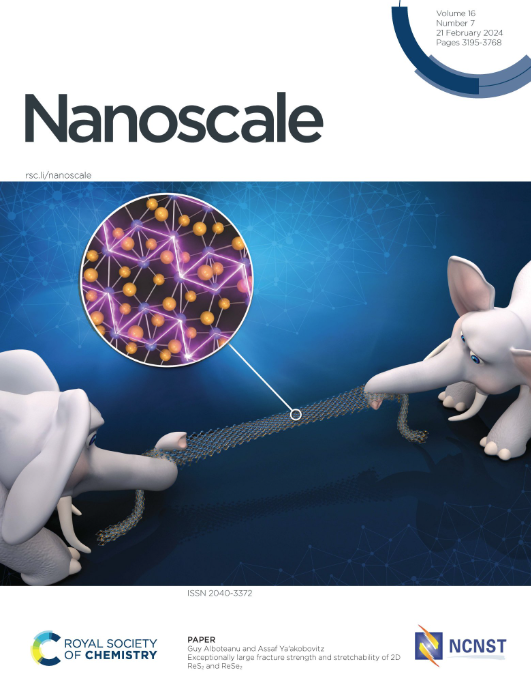Sodiophilic Au-diamane Polypropylene Separators Enabled Dendrite-Free Sodium Metal Batteries
IF 5.8
3区 材料科学
Q1 CHEMISTRY, MULTIDISCIPLINARY
引用次数: 0
Abstract
Sodium metal is considered as a promising anode material for sodium metal batteries (SMBs) owing to its high theoretical specific capacity and low electrochemical potential. Nevertheless, its practical application is hindered by the challenge of dendrite formation. To address this issue, a separator modification strategy was adapted to enhance the performance of sodium metal anodes (SMAs) by using Au nanoparticle-decorated two-dimensional diamane on a commercial polypropylene substrate (Au-diamane/PP) separator. The sodiophilic Au-diamane/PP separator facilitates improved Na⁺ ion diffusion kinetics and induces a dendrite-free deposition morphology, effectively suppressing dendrite growth. The dendrite-free deposition behavior was systematically characterized using in-situ optical microscopy and ex-situ scanning electron microscopy. Symmetric Na||Na cell incorporating the Au-diamane/PP separator exhibits exceptional cycling stability, maintaining operation for more than 2100 h at 2 mA cm-2 with 1 mAh cm-2. The sodiophilicity is originated from the in-situ formed AuNa2 alloy formed on the surface of diamane during the discharging process. Additionally, a full cell configuration with a Na3V2(PO4)3@C cathode, Au-diamane/PP separator, and Na metal anode delivers a high reversible capacity of 88.4 mAh g-1 more than 300 cycles. Our work underscores the potential of the Au-diamane/PP separator in advancing the development of SMBs with extended cycle life and enhanced performance.求助全文
约1分钟内获得全文
求助全文
来源期刊

Nanoscale
CHEMISTRY, MULTIDISCIPLINARY-NANOSCIENCE & NANOTECHNOLOGY
CiteScore
12.10
自引率
3.00%
发文量
1628
审稿时长
1.6 months
期刊介绍:
Nanoscale is a high-impact international journal, publishing high-quality research across nanoscience and nanotechnology. Nanoscale publishes a full mix of research articles on experimental and theoretical work, including reviews, communications, and full papers.Highly interdisciplinary, this journal appeals to scientists, researchers and professionals interested in nanoscience and nanotechnology, quantum materials and quantum technology, including the areas of physics, chemistry, biology, medicine, materials, energy/environment, information technology, detection science, healthcare and drug discovery, and electronics.
 求助内容:
求助内容: 应助结果提醒方式:
应助结果提醒方式:


